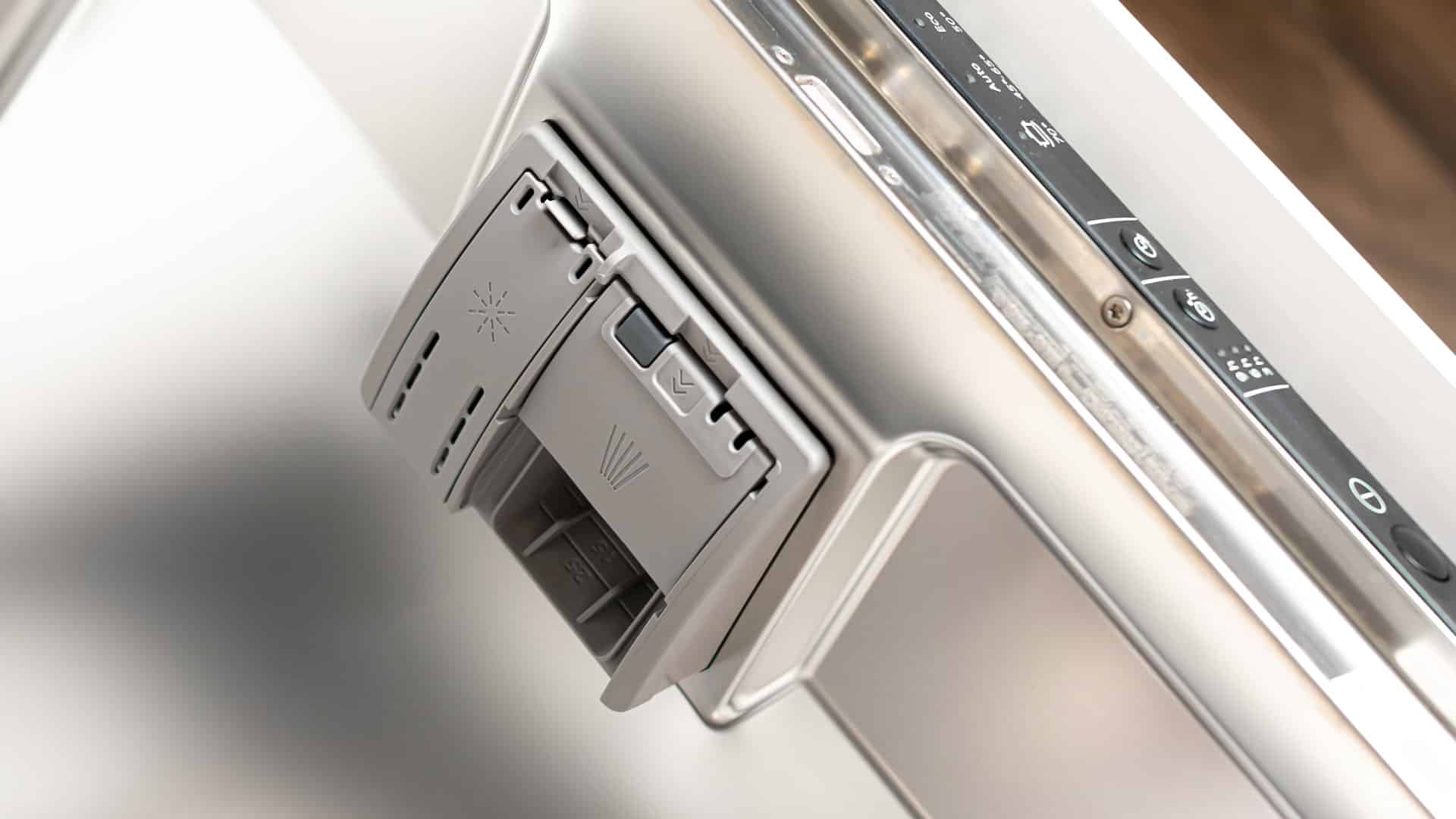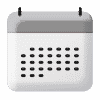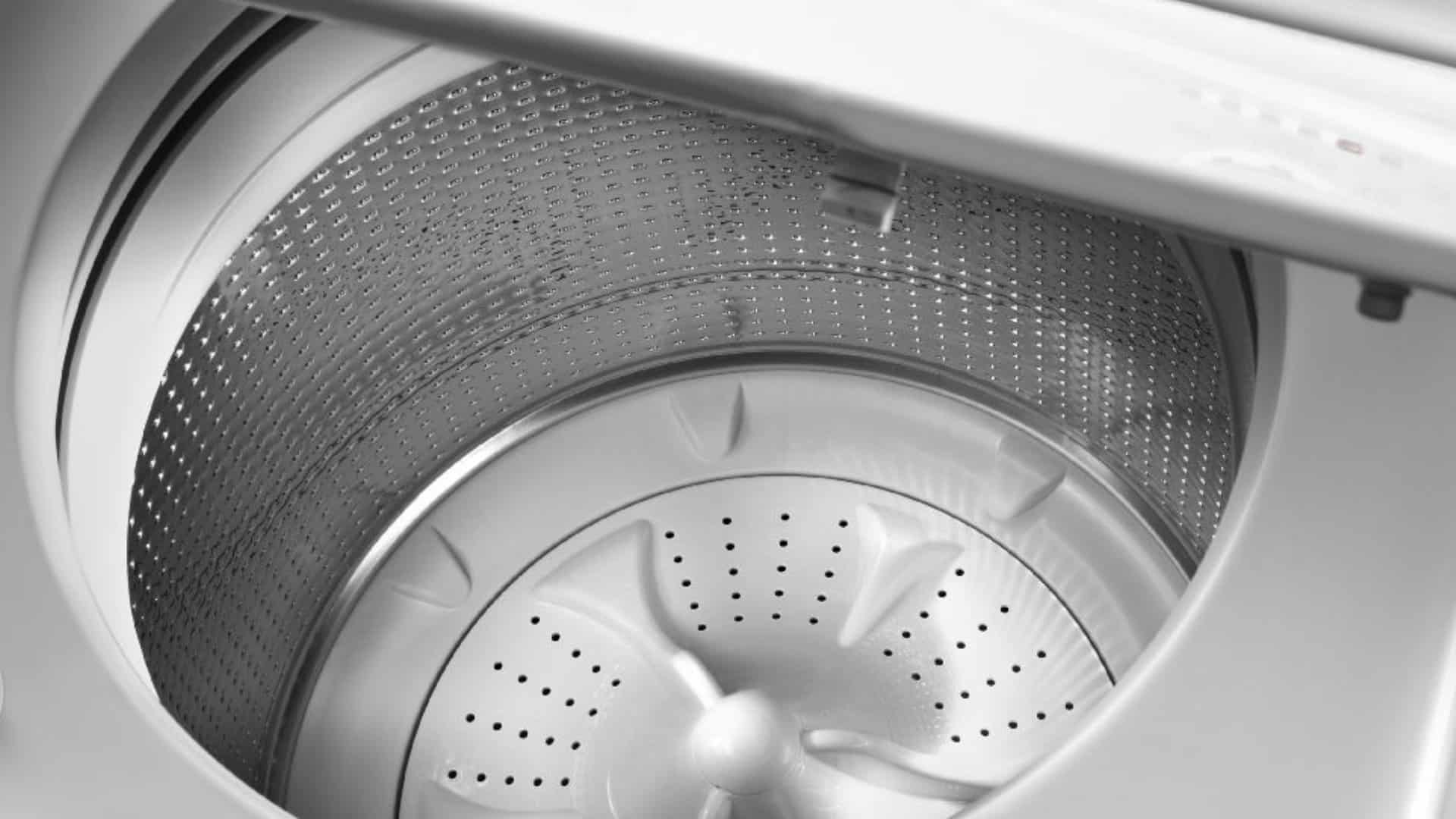
When your washing machine stops spinning, it can be frustrating and inconvenient. However, fear not, as there are several common issues that you can check and potentially fix yourself if you have the right tools. This guide will walk you through each step to diagnose and resolve the problem.
Always turn off the power before performing any checks or replacements for your safety. This includes disconnecting any components before testing them. If you encounter difficulties or are unsure about working with electrical components, it is advisable to seek assistance from a qualified technician to avoid further damage to your washer.
Step 1 – Check the Lid Switch
The first component to check is the lid switch. The lid switch is an important safety feature that prevents the washer from operating when the lid is open during a cycle. If the lid switch is faulty, it may mistakenly turn off the washer. To check the lid switch, start by turning off the power to the washer. Locate the lid switch, usually found near the door hinge, and remove it. Test the switch for continuity using a multimeter. No continuity means you need to replace the lid switch. If it has continuity, the switch is fine, and you can reattach it and move on to the next step.
Step 2 – Check the Drive Belt
The drive belt enables the washer to spin during a cycle. A broken or loose drive belt will cause the washer to stop spinning. Turn off the power and remove the side panels to access the drive belt. Inspect the belt for any damage. If you find any issues, replace the drive belt. If the belt appears fine, move on to the next step.
Step 3 – Check the Drive Pulley
The drive pulley is connected to the drive belt and helps it rotate properly. A faulty drive pulley can lead to the washer not spinning. With the power off, locate the drive pulley and check for any damage. You can also manually move the drive belt around to see if the pulley works correctly. If the drive pulley is damaged or broken, it must be replaced. After replacement, check if the washer is working again. If not, proceed to the next step.
Step 4 – Check the Motor Coupling
The motor coupling connects the washer’s motor to the transmission and helps protect both components when the washer gets overloaded. With the power off, find the motor coupling and inspect it for any cracks or damage. If you notice any issues, replace the motor coupling. If it is in good condition, proceed to the next step.
Step 5 – Check the Door Latch
The door latch ensures that your washer’s door stays closed during operation. If it becomes defective, the washer may stop working. Refer to your manual to determine whether your washer has a mechanical or electronic latch. For mechanical latches, check if the door closes properly. For electronic latches, use a multimeter to test for continuity. Replace the latch if needed. If the door latch functions correctly, move on to the next step.
Step 6 – Check the Clutch
The clutch connects the transmission and the tub, helping the tub achieve the correct spin speed during a cycle. A worn-out or faulty clutch can prevent the washer from spinning properly. Turn the power back on and put the washer onto a cycle. Check if the tub rotates. If it doesn’t rotate at all, replace the clutch. If the drum spins at inconsistent speeds, the clutch also needs replacement. If the clutch is functioning correctly, proceed to the next step.
Step 7 – Check the Rotor
The rotor works with the stator to facilitate tub rotation. A faulty rotor can lead to the washer not spinning. Turn off the power and find the rotor. Inspect the magnets for damage and check the rest of the rotor unit. If you find any damage, replace the rotor. If it is in good condition, proceed to the next step.
Step 8 – Check the Stator Assembly
The stator works with the rotor to help the tub spin. If it becomes faulty, your washer won’t spin properly. With the power off, find the stator and inspect its windings for signs of damage or wear. Replace the stator if necessary. If the stator is fine, proceed to the next step.
Step 9 – Check the Drive Motor
The drive motor is responsible for helping the washer to spin. Test the power source to the motor with the power off. Then, turn on the power and run the washer on a cycle while listening for any humming or unusual noise. If you hear a humming sound or excessive noise, the drive motor needs replacement. If the motor is silent, it is likely functioning correctly, and you can move on to the next step.
Step 10 – Check the Motor Control Board
The motor control board provides power to the motor. If it becomes faulty, the washer won’t spin. Turn off the power and find the motor control board. Check for any burned-out components on the board. If you identify any issues, replace the motor control board. After replacement, check if the washer now spins correctly. If not, it may be time to call a technician or consider investing in a new washer.
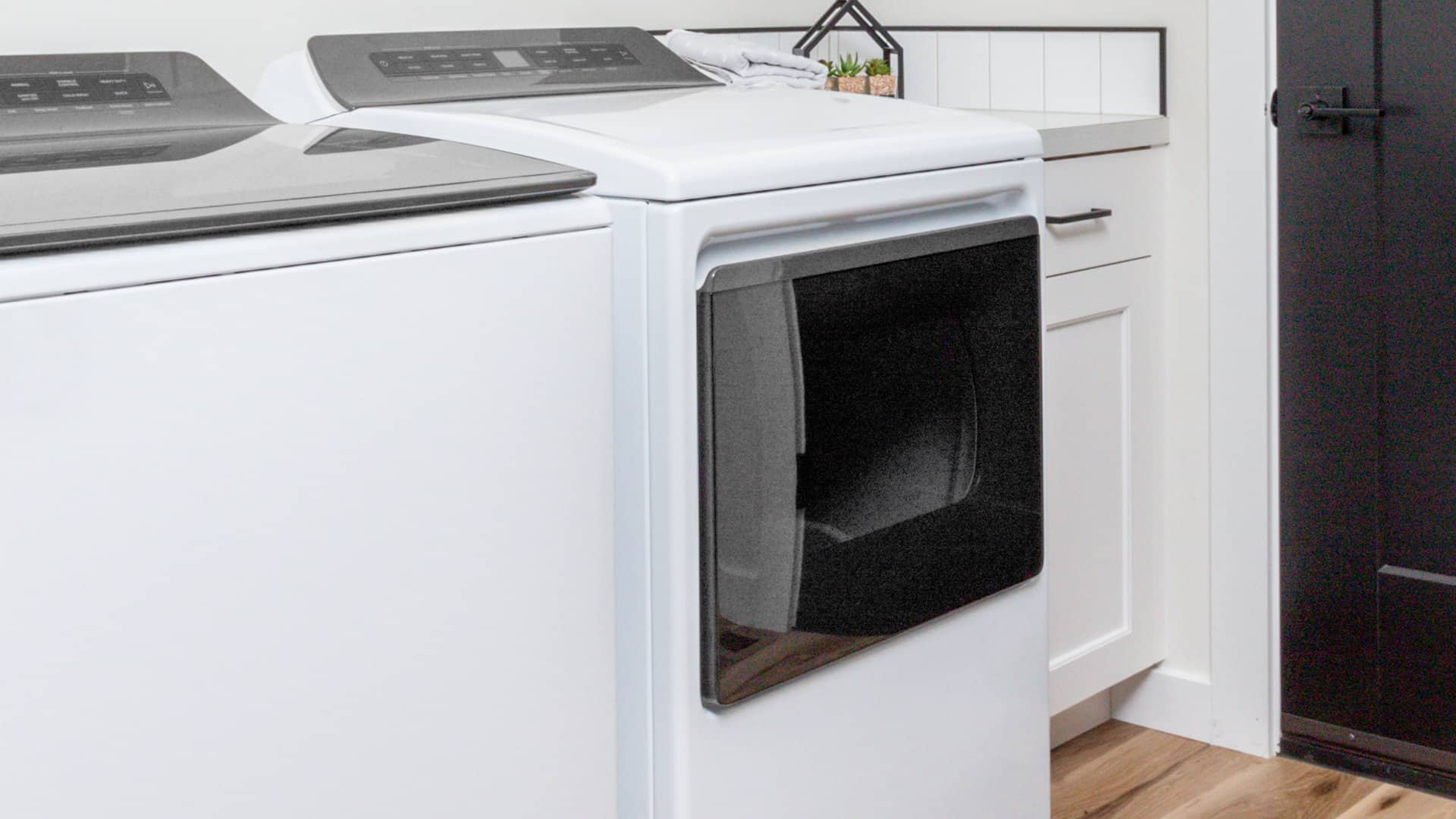
How To Fix a Whirlpool Washer F20 Error Code
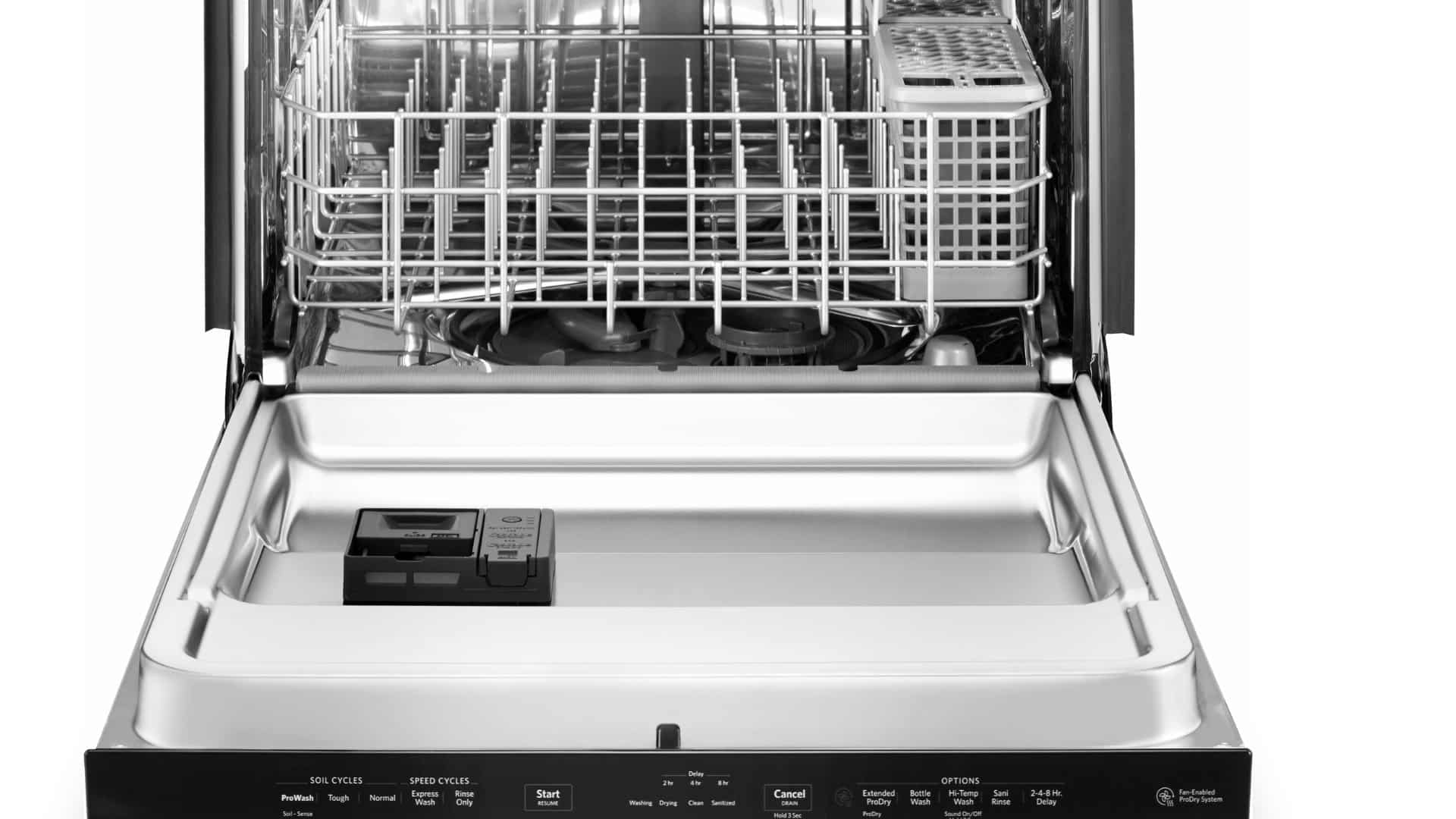
How to Fix a Dishwasher Not Getting Water: The Ultimate Guide
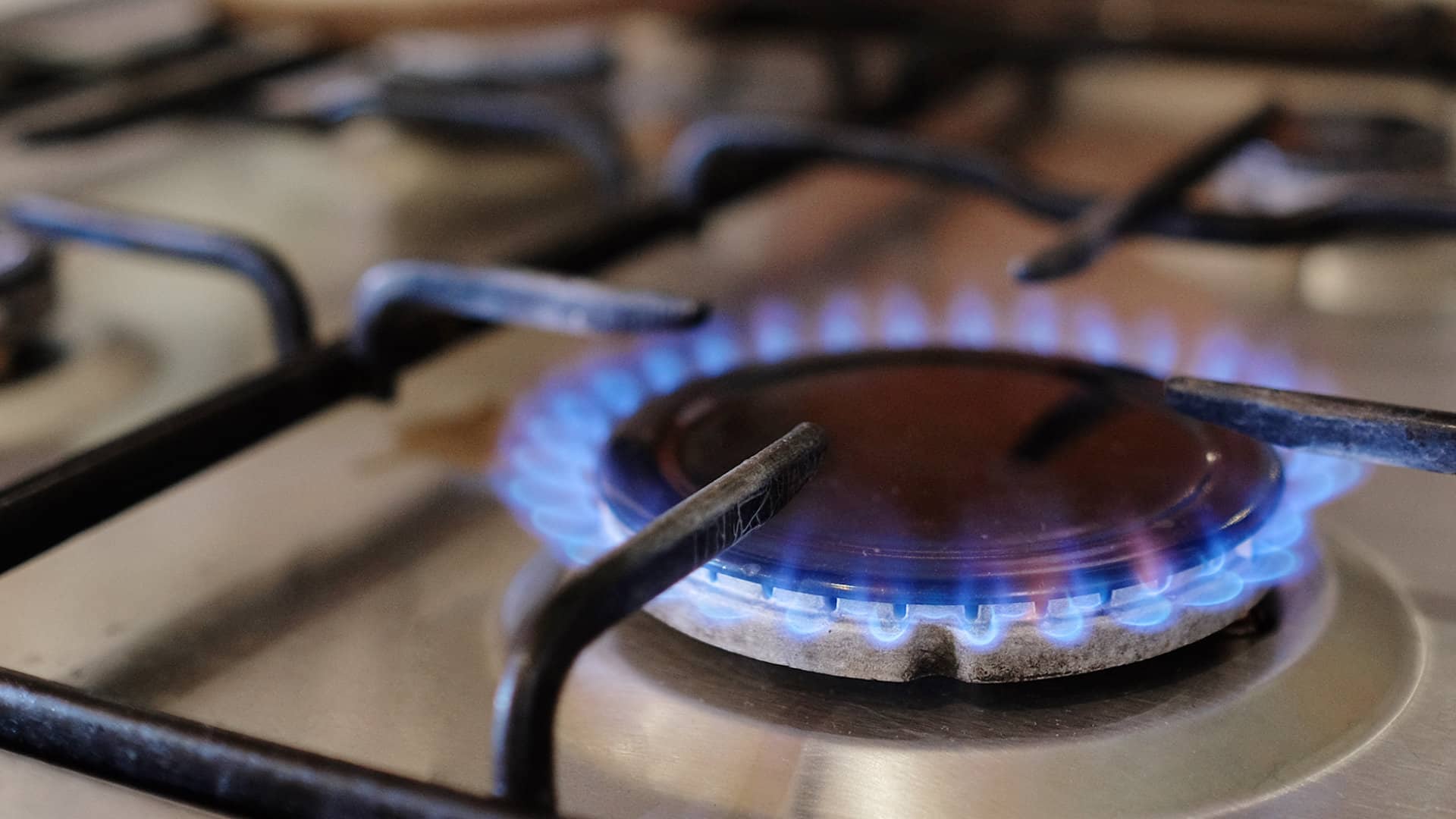
How to Solve the Frigidaire Stove F10 Error Code
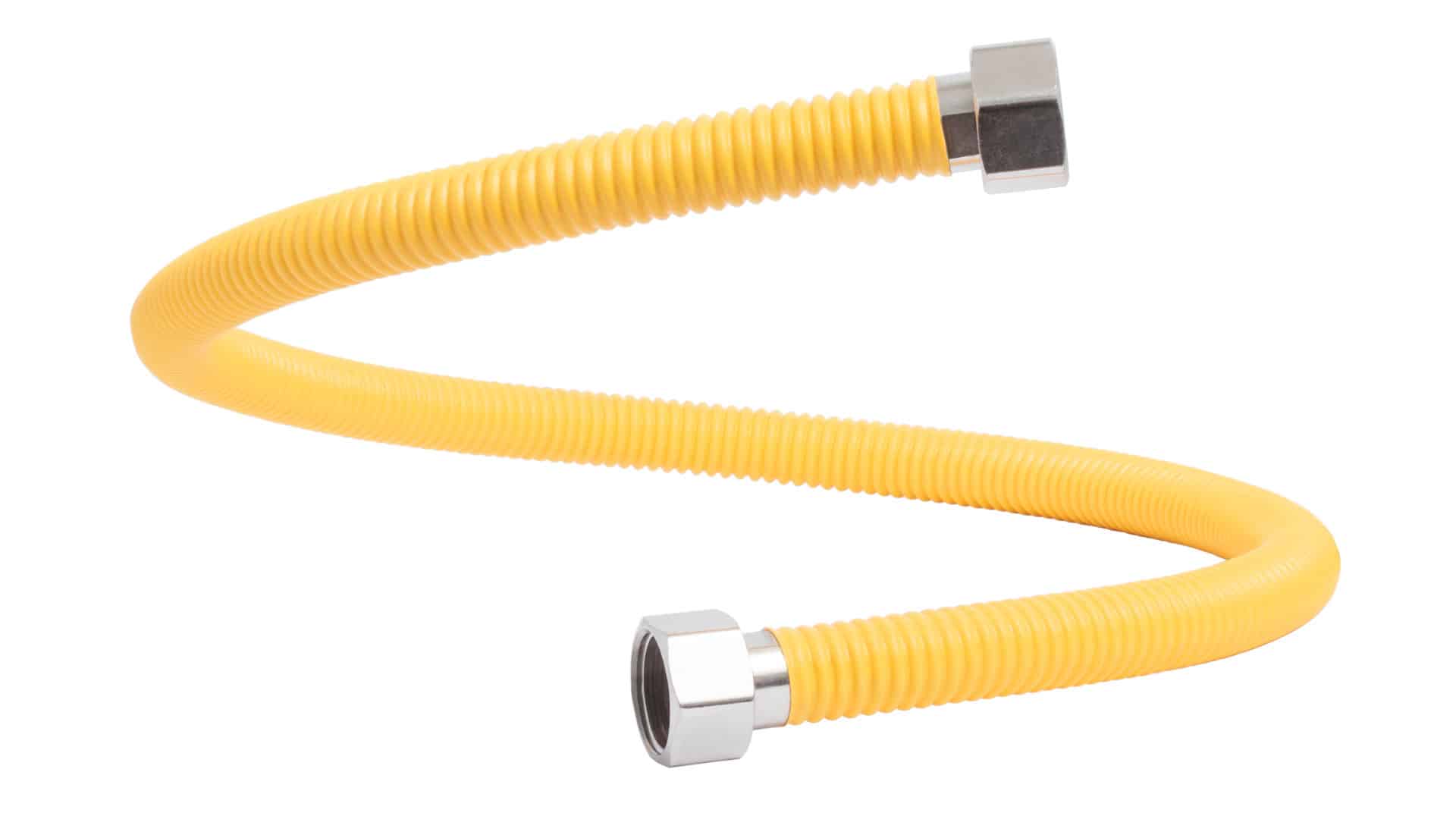
How to Hook up a Gas Dryer
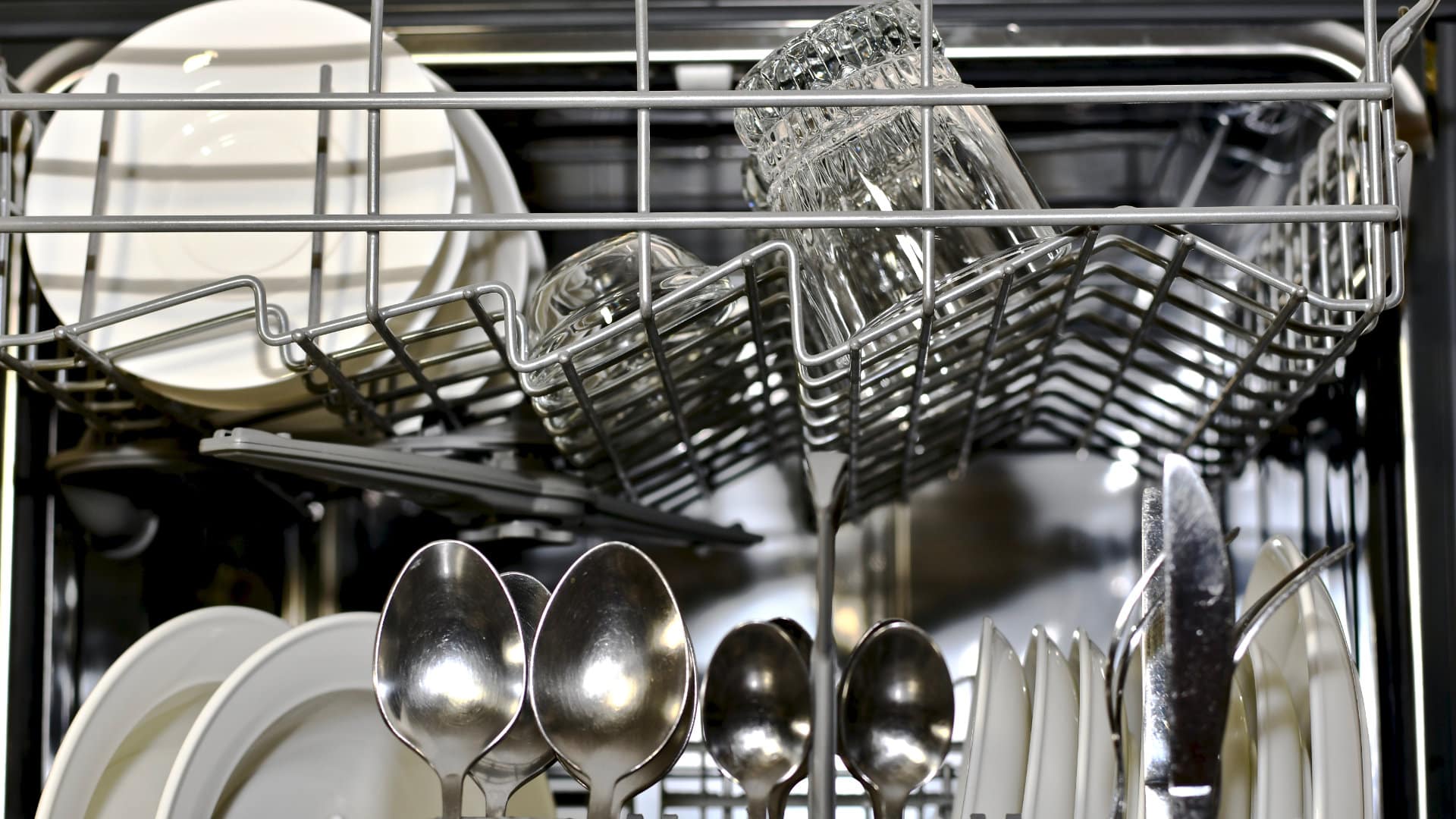
Dishwasher Not Cleaning Top Rack? How to Fix It
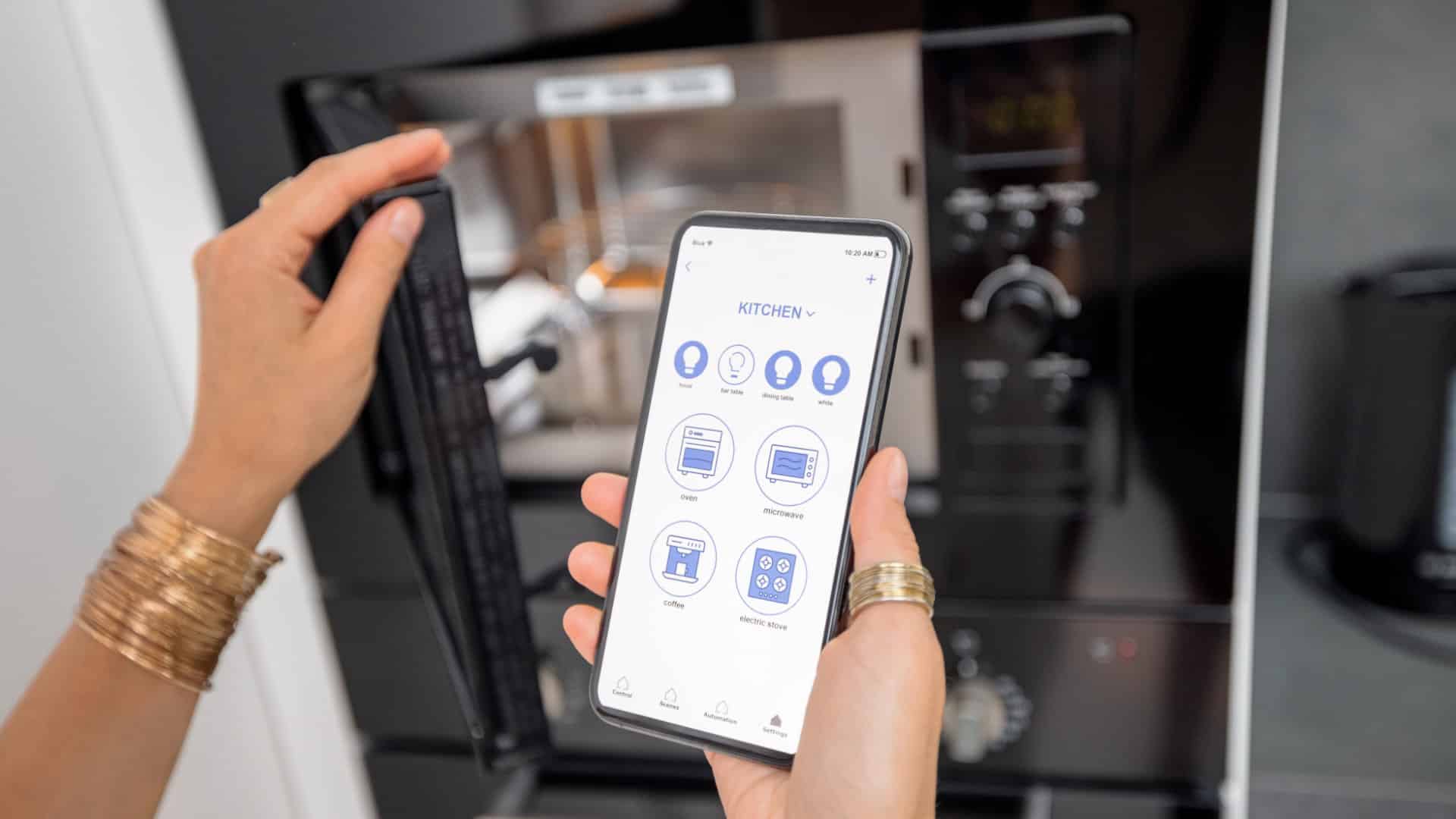
Why Your Microwave Is Making Weird Noises
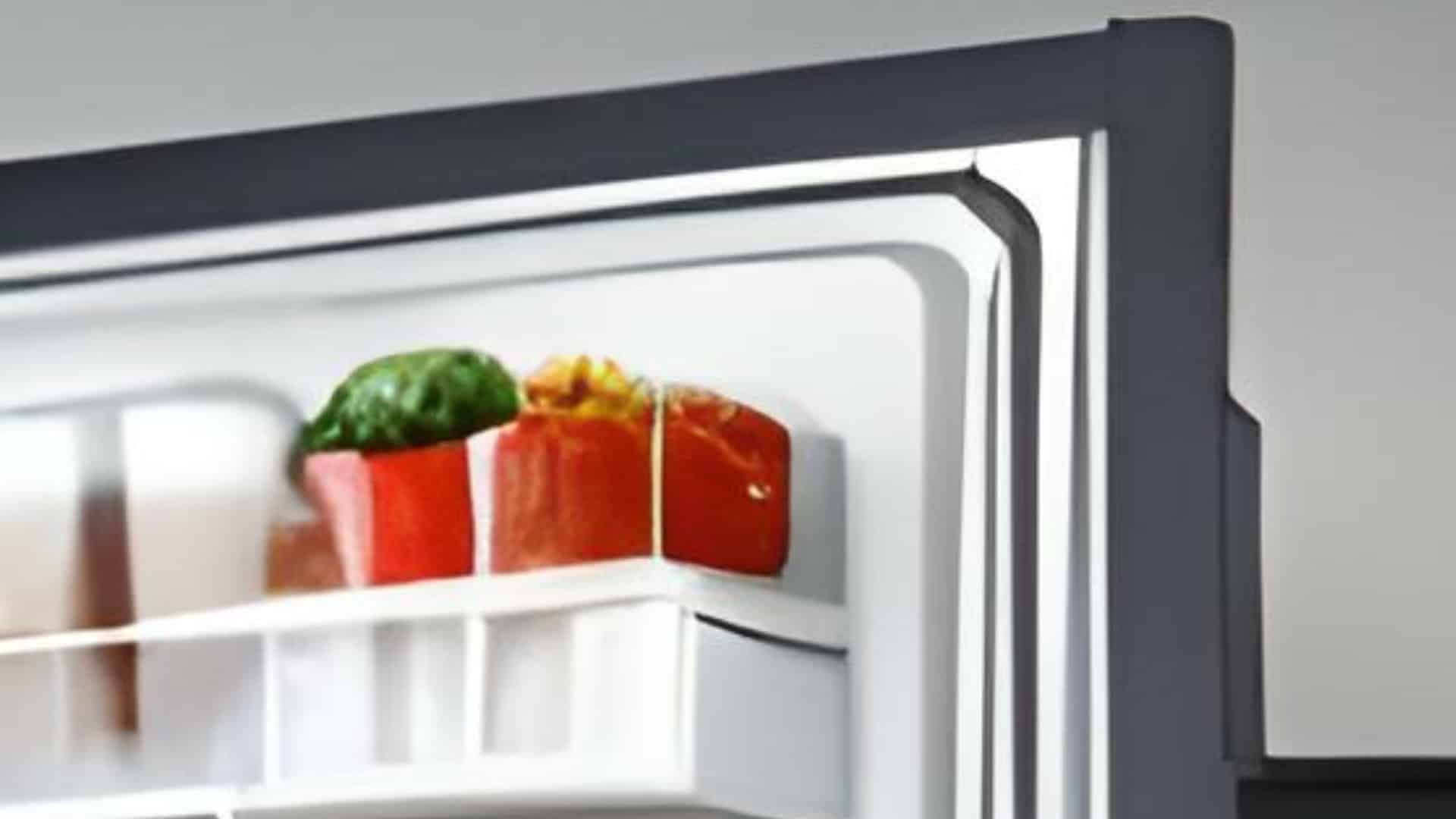
How to Replace a Refrigerator Door Seal
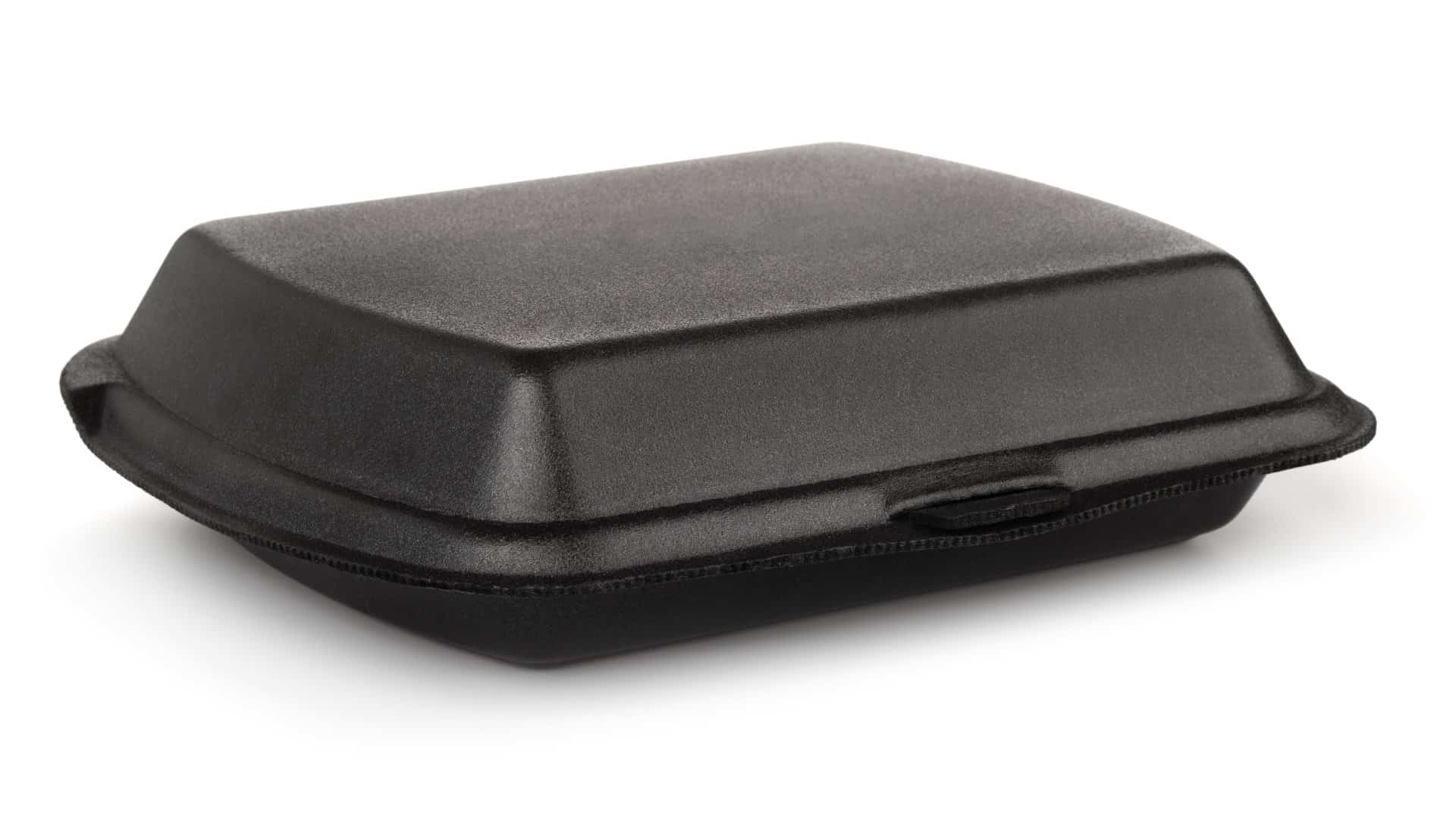
Can You Put Styrofoam in the Microwave?
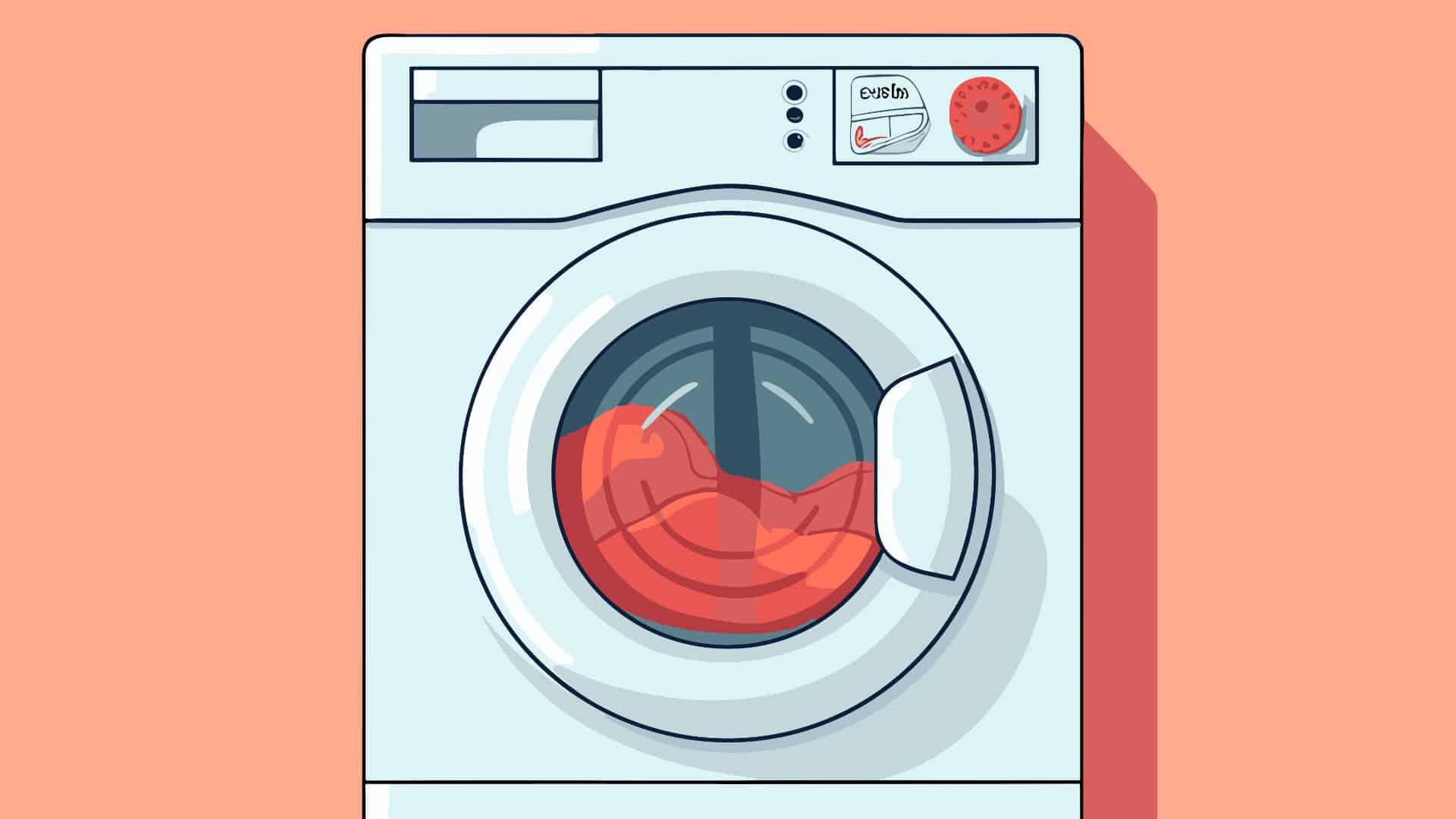
How to Resolve Whirlpool Washer E1/F9 Error Codes
